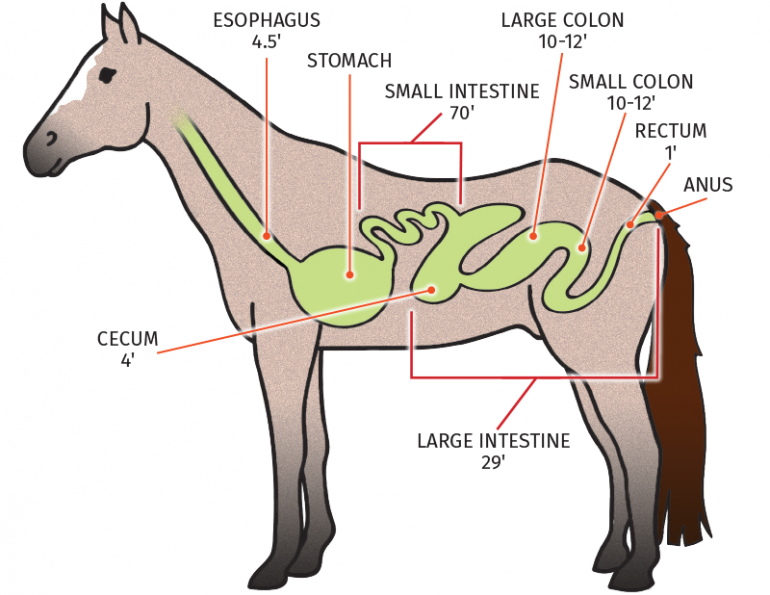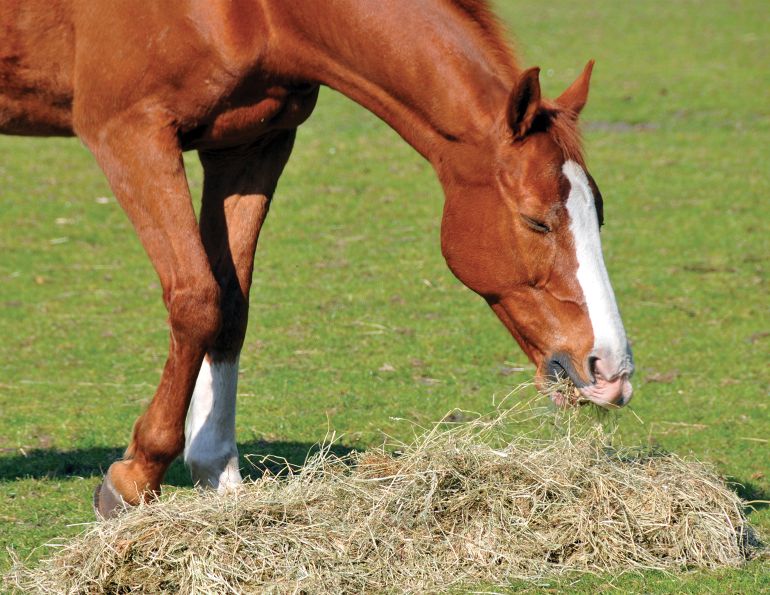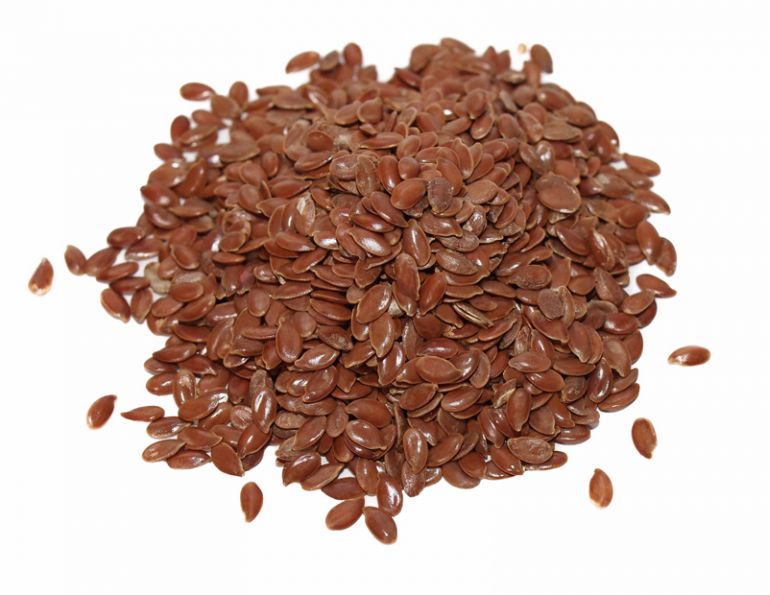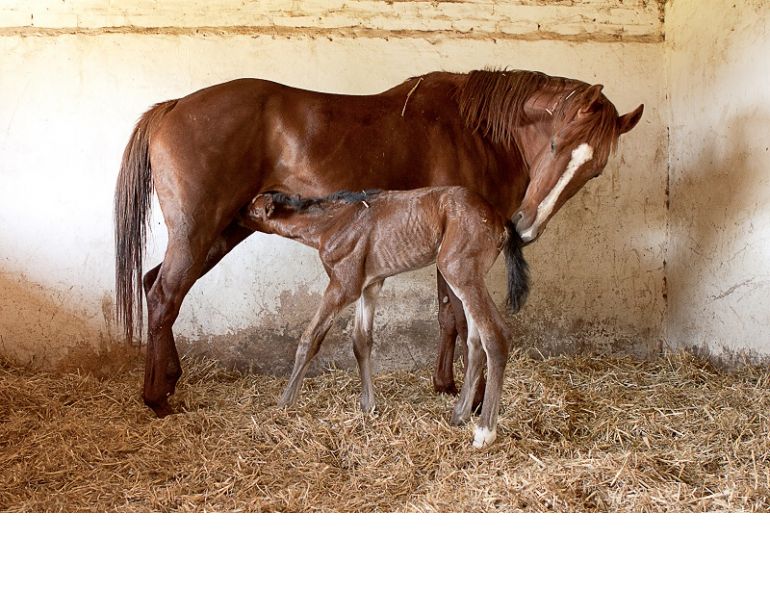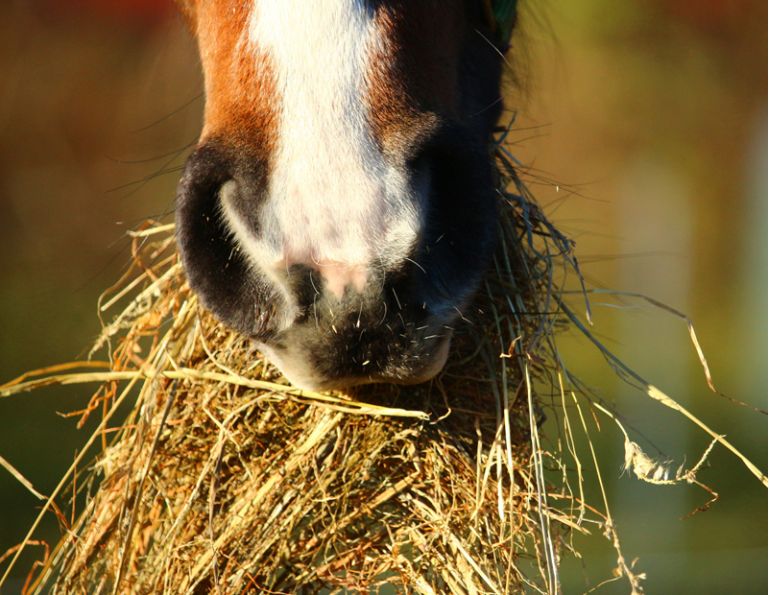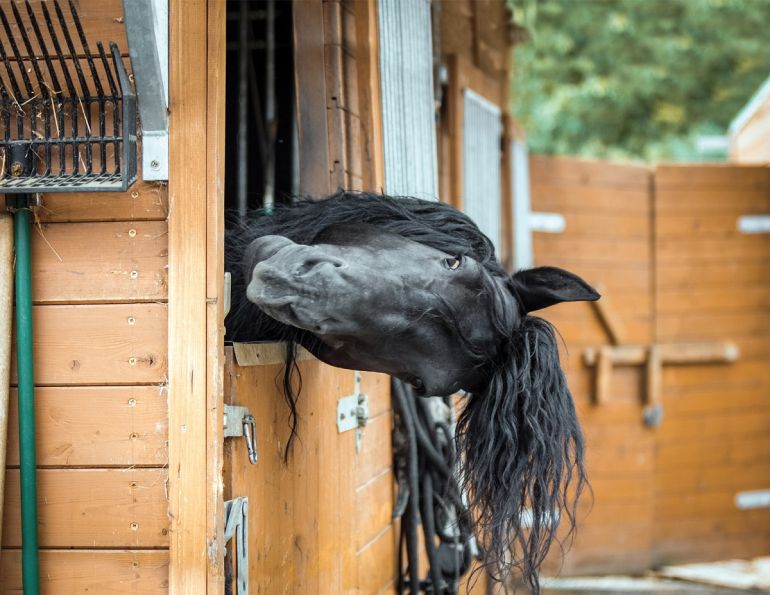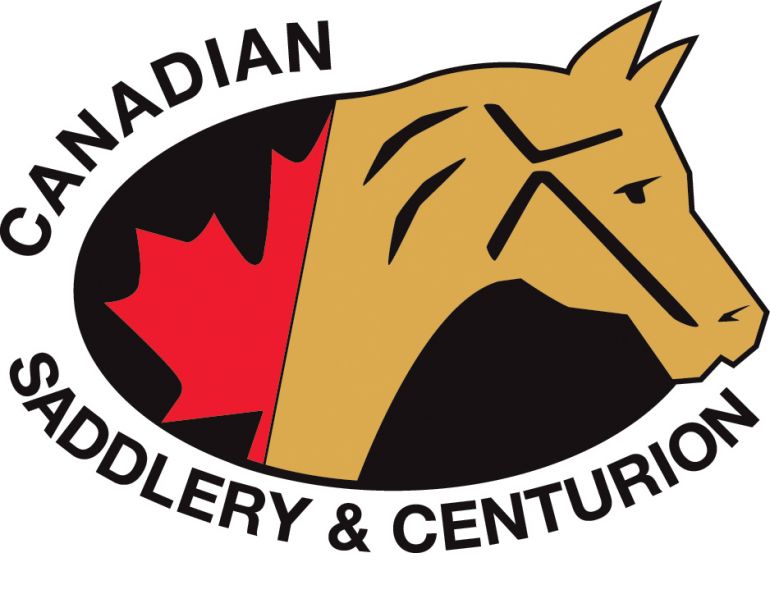By Shelagh Niblock, BSc.Ag., PAS
Feeding the equine athlete for superior performance requires a balancing act involving science, expertise, and art. It’s not just about maximizing your performance horse’s energy intake or providing good quality grain and forage; successful feeding of the high performance horse involves examining not only how much you are feeding, but what you are feeding and when. It means taking a critical look at where feeding fits into his busy schedule as well as yours. Real success in feeding the performance horse is achieved by feeding for optimum nutrient utilization.
Energy Metabolism – How does it Work?
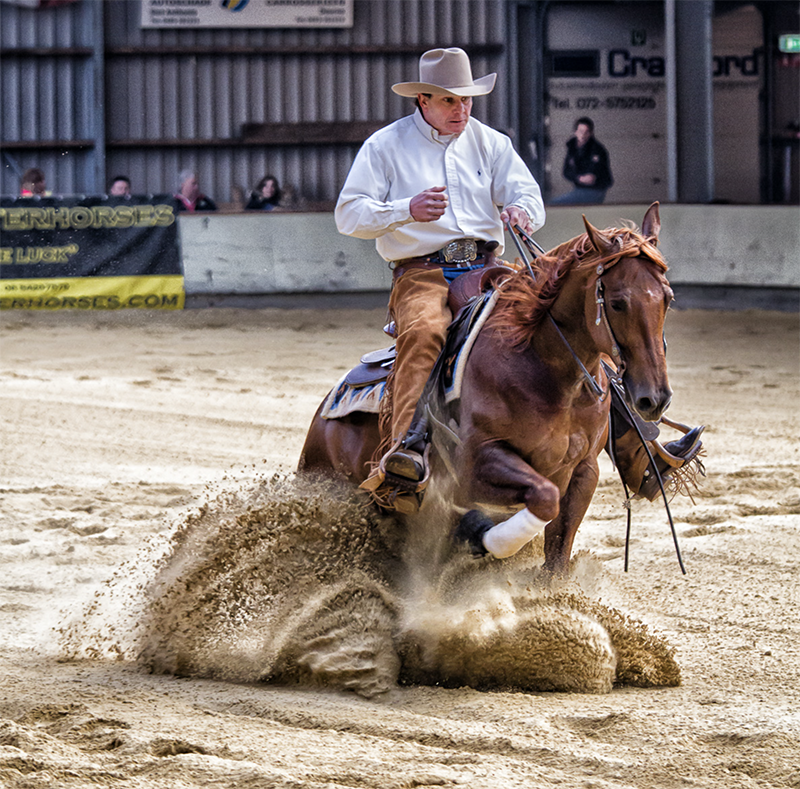
A successful feeding program for the performance horse is achieved by feeding for the optimum utilization of nutrients. Photo: Edward Dalmulder/Flickr
Any “work” done by your horse is accomplished through the co-ordinated actions of his muscles. The energy used to carry out this work is derived from a series of complex metabolic processes which are fueled by the catabolism of glucose and fatty acids from digestion or body fat mobilization.
Energy can be provided by glucose, an end product of digestion. Glucose arising from digestion is absorbed though the gut wall into the blood stream. Elevated blood glucose levels stimulate the pancreas to secrete insulin which then facilitates the movement of glucose into the tissues. Once into the tissues it can be stored as glycogen, which is the storage form of glucose in the body. Glycogen, when in the presence of oxygen, is readily broken down to energy for muscular work. Energy can also be provided by body fat mobilization or from the digestion of fats or proteins. These processes are orchestrated largely by the liver and so tend to bypass the glucose insulin metabolic process.
How much energy is yielded during the breakdown of nutrients at the muscular level is largely dependent on the energy source, where it is digested, and by the presence of oxygen at the cellular level. Energy yielded through metabolic processes that require oxygen is called aerobic metabolism, and processes that do not require oxygen are called anaerobic metabolism. Aerobic metabolism yields a much higher energy output than that of anaerobic metabolism, although it does so more slowly. Ensuring that your horse has good ability to get oxygen into the cells to facilitate aerobic respiration will do him well during periods of hard work. Training, conditioning, and cardiovascular capacity are particularly important for the high performance horse for this reason.
Foregut or Hindgut Digestion?
Equine performance is fueled by the energy contained in the feed your horse eats. Grain, hay, and pasture all contribute megacalories (MCal) of energy in the form of fat, protein, and carbohydrates. Feed consumed needs to be digested in the gut of the horse before it can be utilized for energy. The first site of digestion is the horse’s mouth where feed is chewed and mixed with saliva. Feed is swallowed and passes to the stomach and then to the small intestine where the digestive process continues. Digestion in the stomach and the small intestine is accomplished largely through the action of mammalian enzymes which break fat, protein, and some carbohydrates down into their component parts. The stomach and small intestine are generally known as the “foregut.”

Hay alone cannot provide sufficient energy for performance horses and should be supplemented by more energy dense feeds such as grains and other concentrates. Photo: Jesse Kunerth/iStockphoto.com
Feeds which cannot be digested in the presence of mammalian enzymes (including many of the complex fibre sources our horses eat) pass on through the foregut to the ”hindgut” which is comprised of the caecum, large colon, and small colon ending in the rectum. A large population of naturally occurring bacteria, protozoa, and other micro-organisms reside in the cecum and colon. These bacteria have the ability to break down the complex carbohydrates that are not digestible in the stomach and small intestine. The end products of this process are compounds called volatile fatty acids (VFA). Because of this adaptation, horses can utilize many energy sources that other mammals cannot.
What are Carbohydrates?
Carbohydrates are the principal source of energy in the equine diet and are supplied through feeding forages, grains, and fibre sources such as beet pulp or soy hulls. Carbohydrates include simple sugars, starch, and complex carbohydrates (including cellulose), as well as some complex sugars. Simple sugars and some starch are readily digested to glucose in the foregut of the horse. Glucose is absorbed through the gut wall into the blood stream where it is moved into the tissues through the action of insulin. Glucose that is in excess of your horse’s requirements for energy is stored as body fat.
More complex carbohydrates such as cellulose (found in hay), pectin (beet pulp and soy hulls), and complex sugars such as fructan (also found in grass hay) frequently cannot be digested in the presence of mammalian enzymes in the foregut of the horse and so they pass on through to the hindgut. Here they are broken down by the bacteria that live in the hindgut, yielding VFAs as mentioned earlier. Complex carbohydrates contribute to the energy status of your horse through utilization of the VFAs as a source of glucose or glycogen in the liver. Hindgut digestion can yield abundant energy for your horse without involving the glucose/insulin metabolic process.
What about Protein?
Protein is broken down through the action of mammalian enzymes in the foregut into its component “building blocks,” called amino acids. Amino acids are essential to your horse for numerous functions including growth and tissue repair. Most protein digestion occurs in the foregut of the horse and the resulting amino acids are absorbed in the small intestine of your horse. Protein that is not digested and absorbed in the foregut may be digested or “fermented” further down the tract in the hindgut by the bacteria. Protein that is fermented in the hindgut is utilized by those bacteria for growth but is lost as a source of amino acids for your horse. Optimum utilization of high quality protein and essential amino acid sources in your horse’s diet requires that they be digested and absorbed in the foregut of the horse.
What about Fat?
Fat, when fed appropriately, is an excellent energy feed for horses. Not only does it provide a safe source of energy, it also yields essential nutrients such as Omega 3 and Omega 6 fatty acids which are important for many metabolic activities in your horse’s body. Fat carries about 2.2 times the calories of starch and sugar, so it can provide a very concentrated form of energy for the high performance horse. Horses can digest fat very well. While they do not have a gall bladder, horses do have bile ducts along the small intestine. Fat is digested in the stomach and small intestine to fatty acids which are absorbed into the bloodstream facilitated by bile. The fatty acids are usually transported to the liver where they are redirected to other parts of the body as energy or to body fat reserves if they are not needed as energy. The rule of thumb for supplementing fat in your horse’s diet is to not exceed one pound of supplemental fat per day. For best energy utilization, supplemental fat should be fed in multiple small meals.

Starch meals should be fed four to five hours prior to hard work for the horse to achieve optimum energy utilization. Photo: Robin Duncan Photography
Optimizing Energy Metabolism
Those of us who own pleasure horses face feeding challenges that are more to do with overfeeding than underfeeding. This is completely opposite to the challenges faced by the owner of the performance horse. Successful feeding for performance requires that the horse gets sufficient feed provided in a manner that optimizes energy and nutrient yield. Many management factors can influence this.
Feed Delivery – Meal Size & Timing
Performance horses cannot derive sufficient energy from a diet of hay alone, and need to have their diets supplemented by more energy dense feeds such as grains and other concentrates. As the performance expectations of the horse increase, so does the requirement for concentrates. As we increase the horse’s intake of concentrates to meet his increased energy needs, the management of his feed schedule becomes more demanding and more critical to his health and performance.
Starch digested in the stomach of the horse yields more energy per unit of weight than that fermented in the hindgut, so it is to your horse’s advantage that you ensure starch supplements are digested in the foregut. As performance horses increase their intake of starch sources it becomes increasingly important that meals stay small in size but are offered at frequent intervals.
Large meals of grain are more likely to get forced through the stomach and small intestine before the starch is fully digested. Hindgut fermentation of grain will result in your horse losing some of the energy potential of that grain but, more importantly, starch arriving in the caecum will be fermented rapidly to VFAs, potentially dropping the pH and creating an acidic environment. One of the leading causes of hindgut upset is acidosis caused by rapid starch fermentation. Hindgut acidosis can lead to hindgut ulcers, loose and gassy manure, laminitic changes in the hoof, and potentially gas colic. The biggest enemy of the performance horse arising from hindgut acidosis is insidious, chronic pain. Horses cannot function at premium performance levels if they are in pain.
Starch meals should be fed four to five hours prior to hard work for optimum energy utilization. Blood glucose and insulin levels peak at about two to three hours after a meal of grain. Elevated blood insulin will decrease body fat utilization and increase hypoglycemia (low blood sugar) during periods of exercise. The outcome of this will be a reduction in endurance and speed.
Feed Processing - Pelleting & Extrusion
Feed processing increases the likelihood that supplemental starch sources are digested in the stomach and not the hindgut. This improves energy efficiency in your performance horse. Grinding, steaming, soaking, rolling, and extrusion are processes that make starch molecules more available to digestive enzymes in the stomach, thereby reducing the risk of starch fermentation in the hindgut. Extrusion is a method of cooking feed using heat, pressure, and moisture. Extrusion increases the starch availability in the stomach of the horse, making it an ideal processing method for feeds for the high performance horse.
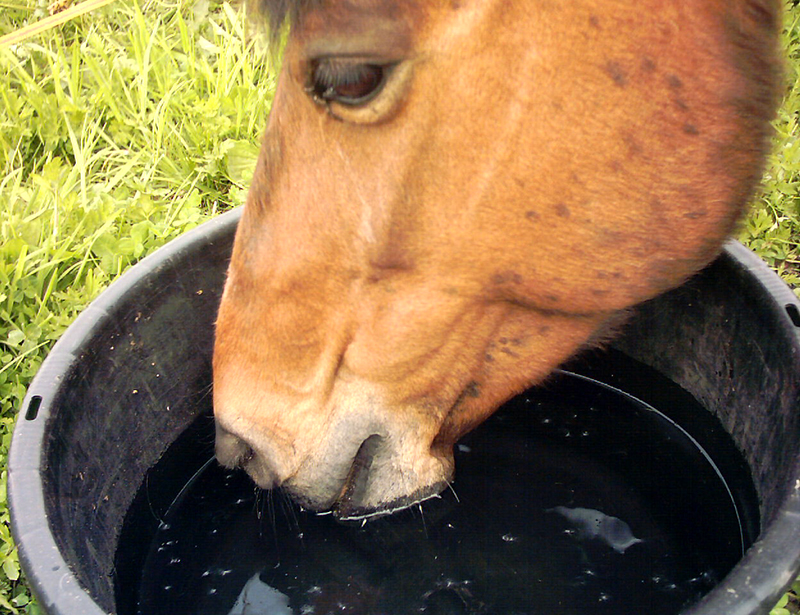
Combat dehydration, which prohibits peak performance, by offering free choice water and utilizing soaked feeds. Photo: Bloodysunday/Wikimedia Commons
What about other nutrients?
The principle of “small meals fed often” is the key to optimizing nutrient utilization in the high performance horse for more reasons that just starch utilization. Both fat and protein are more effectively utilized in the foregut of the horse, as are many of the minerals and vitamin supplements we feed our horses. Mineral metabolism involving both trace minerals and macro minerals is critical to optimum performance in the equine athlete, and performance problems can frequently be traced back to imbalances or deficiencies of either.
Adequate water intake by the performance horse is critical for peak performance. Dehydration is a metabolic problem that is insidious and very destructive. Utilizing soaked feeds and offering free choice water to the high performance horse is always advisable.
The highest quality, best balanced ration will result in less than optimum performance by your competition horse if he is not fed in a manner that optimizes nutrient utilization. Grain meals must be fed in small quantities frequently and feed processing can be advantageous. Forage offered free choice will help alleviate boredom and anxiety, and helps buffer the inevitable higher acidity in the hindgut arising from increased starch intake. It also provides a “sponge” in the gut to help store water for your horse during periods of intense exercise. If your horse is in pain from hindgut acidosis, he may not be able to perform at optimum levels.
Remember, balancing a performance ration for your equine athlete is more than just counting calories. For assistance in evaluating the ration for your performance horse, contact an equine nutritionist and remember that the most successful ration for your equine athlete is “optimized” rather than “maximized.”
Main Article Photo: Equine Digestive System



